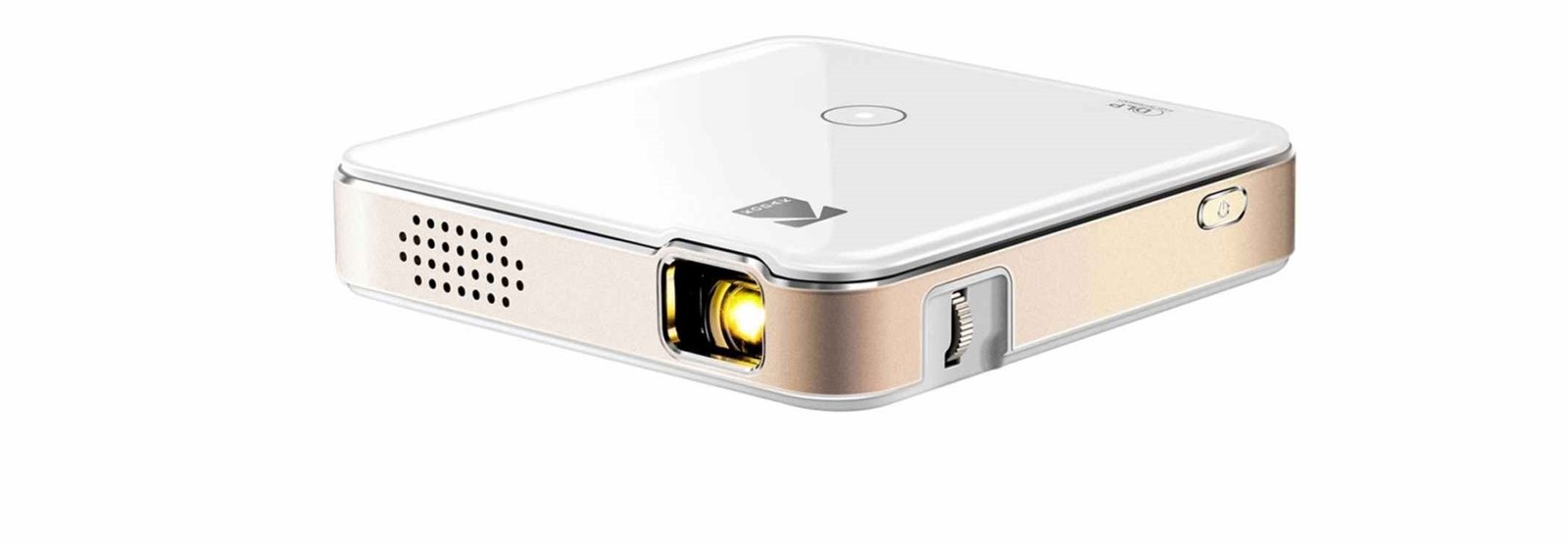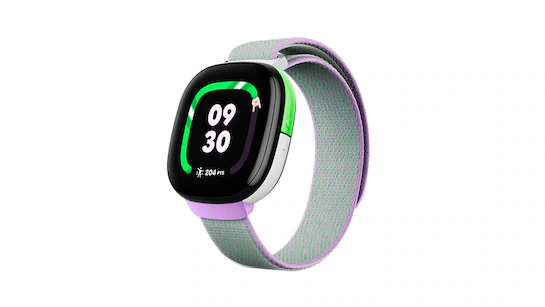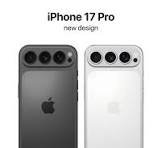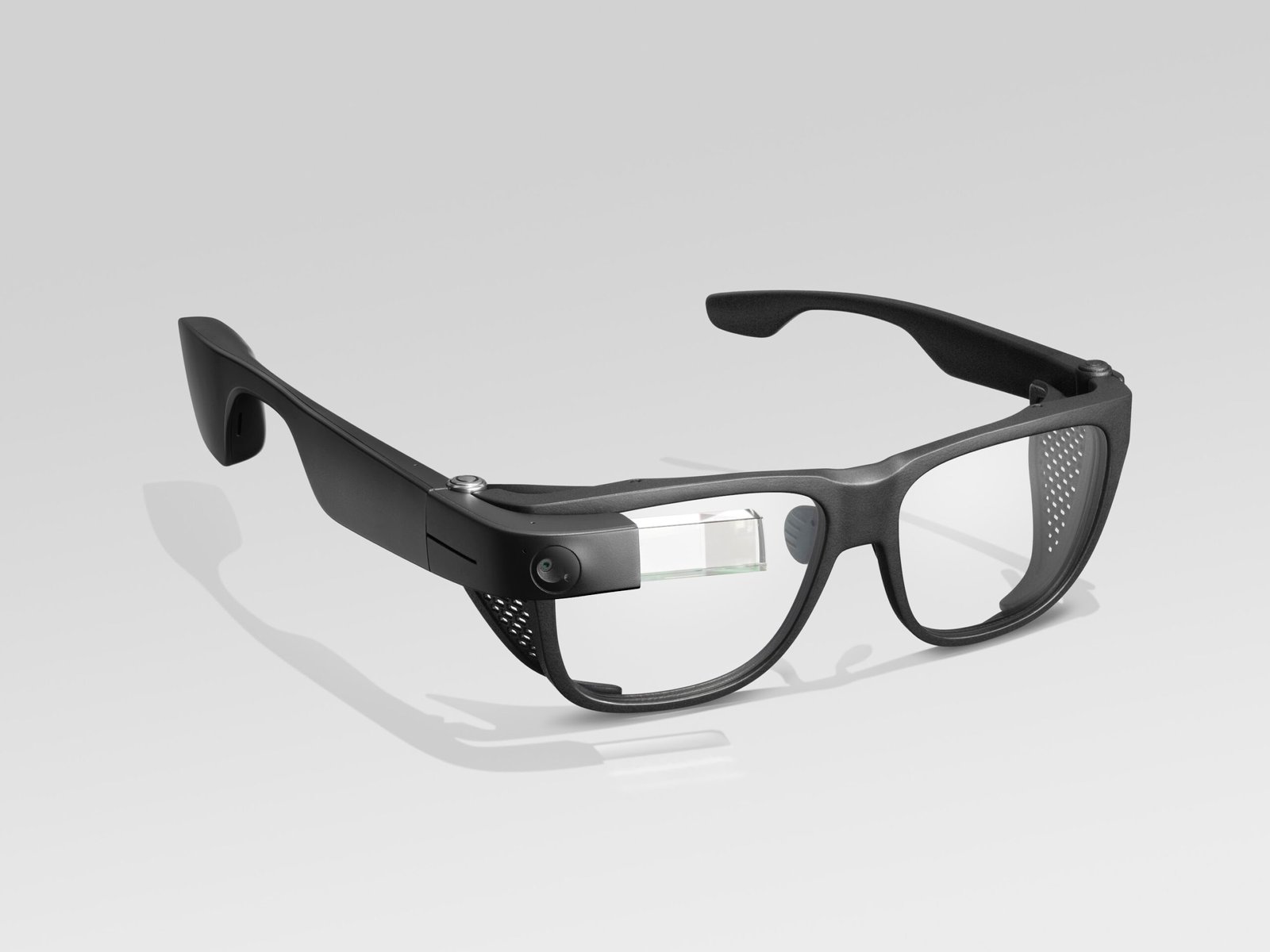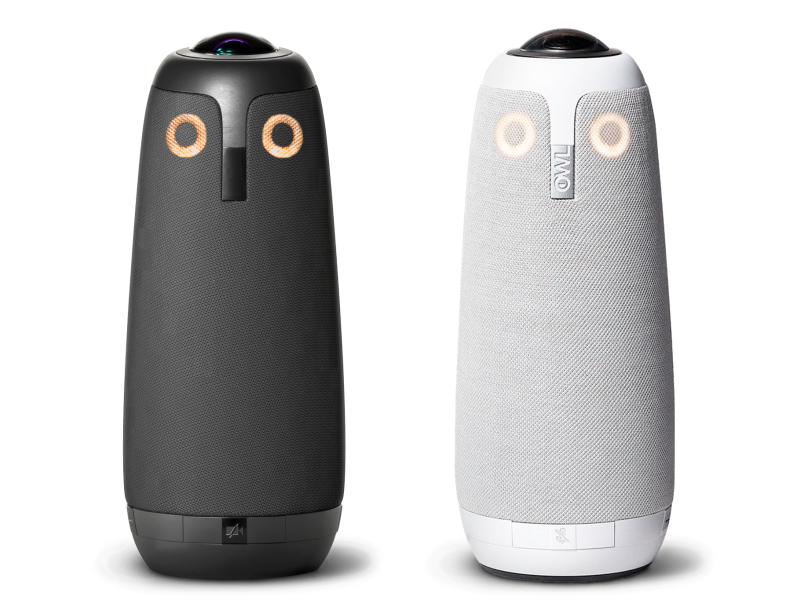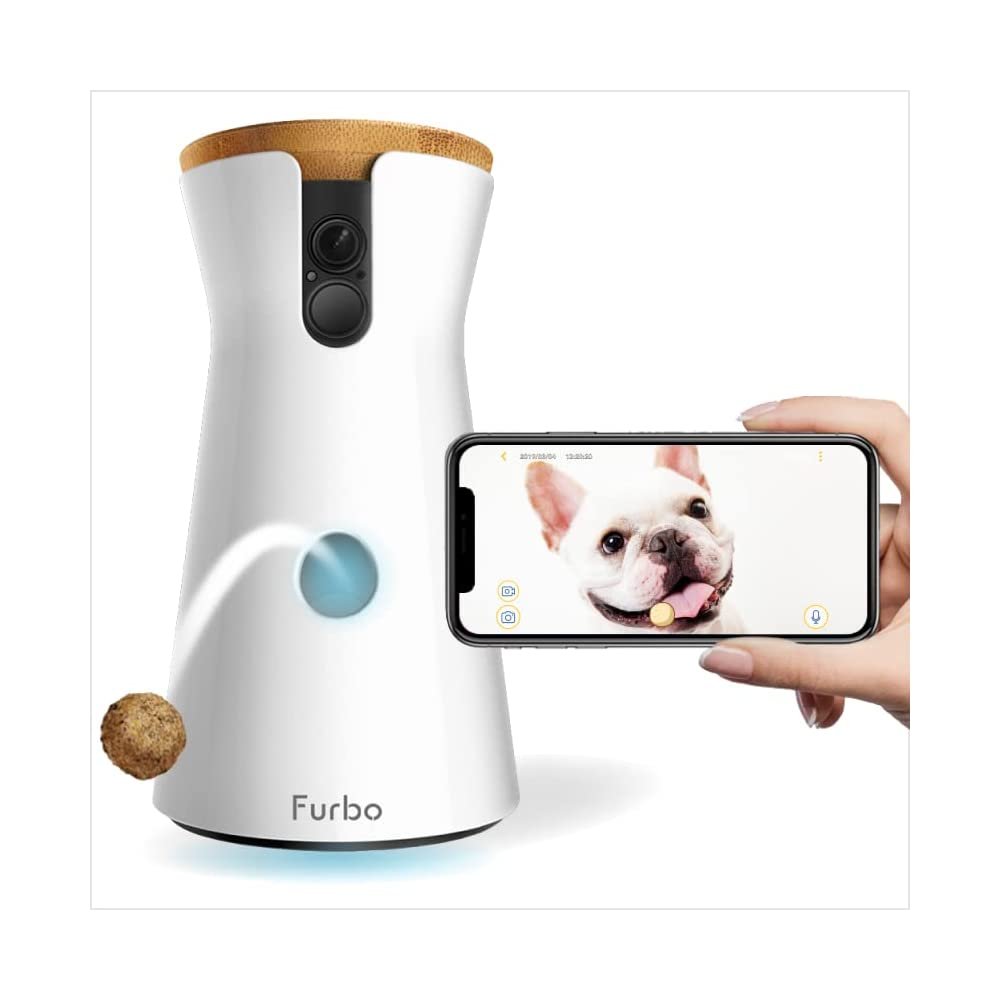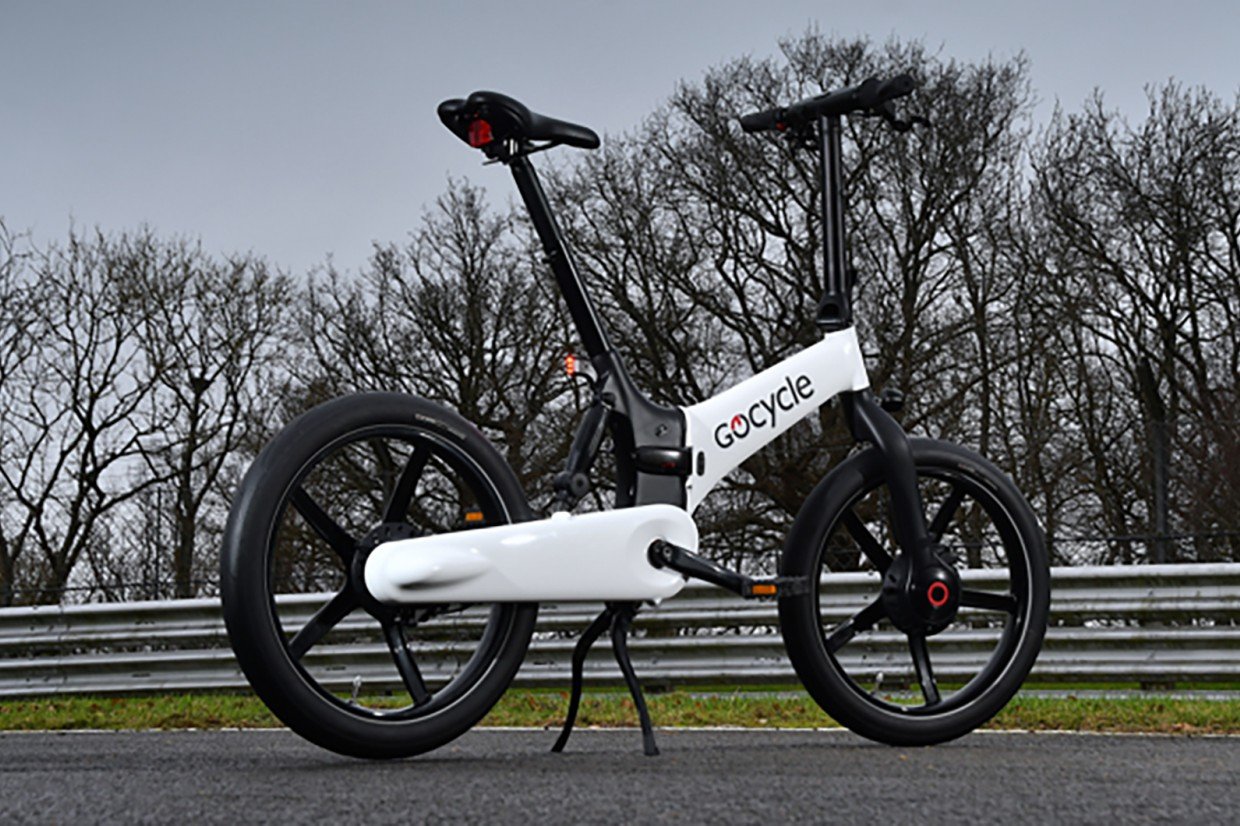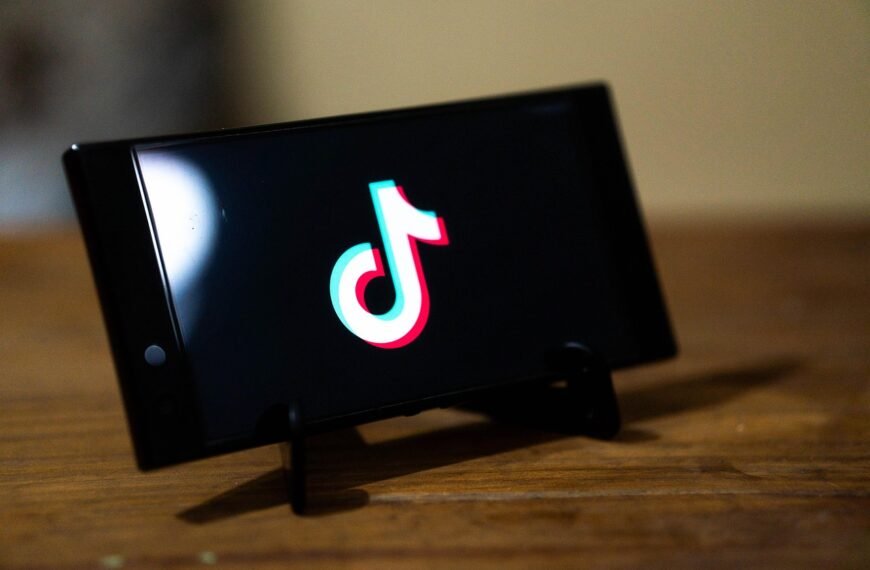The Kodak Luma 150 is a tiny, rectangular pocket projector. It is little, adorable, and incredibly portable. The Luma 150, which is attractively enclosed in a white frame with gold trim, has the capability to mimic the screen of a computer, phone, or tablet over a Wi-Fi or HDMI connection, as well as project images and movies from a microSD memory card or USB thumb drive.
When considering the technical specifications of this device, the lens is shifted toward the right side while looking at the projector from the front. Four small feet that are each approximately an eighth of an inch tall support the Luma 150, and in the bottom of each foot is a threaded hole for a tripod. However, this projector can show a complete image on a screen without any of the bottom portions being cut off when placed on a table, resting solely on its feet. However, in this case, a tiny tripod is helpful to raise it above any nearby obstacles.
At the same time, a small, metal focus wheel is placed just behind the edge on the right side of the projector when looking at it from the front. Here the problem is, Luma 150 lacks automatic focus. Users have to turn the wheel to focus. Also, on/off button is located on the right side, next to the back of this device.
Furthermore, a microSD card slot is located on the left. Although the smaller slot on such a tiny projector works nicely, it is like a standard SD. Amazing right? Additionally, there are four ports in the back, along with a reset button that is activated by bending a paper clip. The projector’s battery lasts for roughly two hours between charges when using the DC-in port, which powers the projector and charges it when connected to the supplied wall adapter through a USB cable. The other connectors include an audio-out port for use with powered external speakers or headphones, a full-size HDMI input, and a USB Type-A port for displaying files from a flash drive.
The center button of a four-way controller is marked by a small, silver-colored ring on top of the projector when it is turned on. The circle, as well as the return, forward arrow, back arrow, and volume icons at each of the four points of the controller, which are normally invisible, become LED-illuminated when you tap them.
When you switch on the projector, it automatically displays four icons labeled Wireless, Movies, Images, and HDMI. Your Windows 10, iOS, or Android device that is compatible with Wireless can share the screen. Here, the projector serves as its own Wi-Fi hotspot for this function, and it shows up on your list of available networks. Once you’ve established a connection, you can turn on the screen mirroring feature on your tablet, which recognizes the projector as a suitable device. As long as you’re connected, choosing the projector will allow it to mirror the display of your device.
While the HDMI menu item enables you to mirror your device’s screen over an HDMI connection, the Movies and Images menu items allow you to play movie files or display image files from a memory card or USB thumb drive.
The Kodak Luma 150 Portable Wireless Projector is a stylish and incredibly portable pocket projector that can show files from memory cards or USB thumb drives as well as content from wired and wireless sources. Despite having good overall image quality for a micro projector, this device’s fundamental problem is that it lacks sufficient brightness to display anything other than at very small sizes. This is acceptable if you want to show video at home or to a small group of people in a darkened area, but you’ll need a brighter model, like the 600-lumen, to achieve a larger useful image size, also a better capacity to withstand ambient light.

